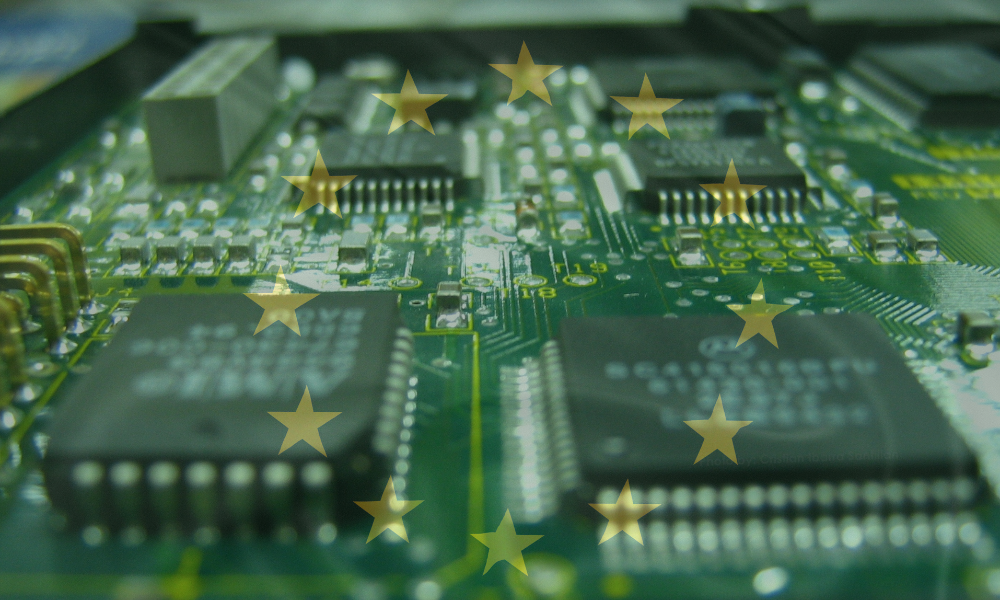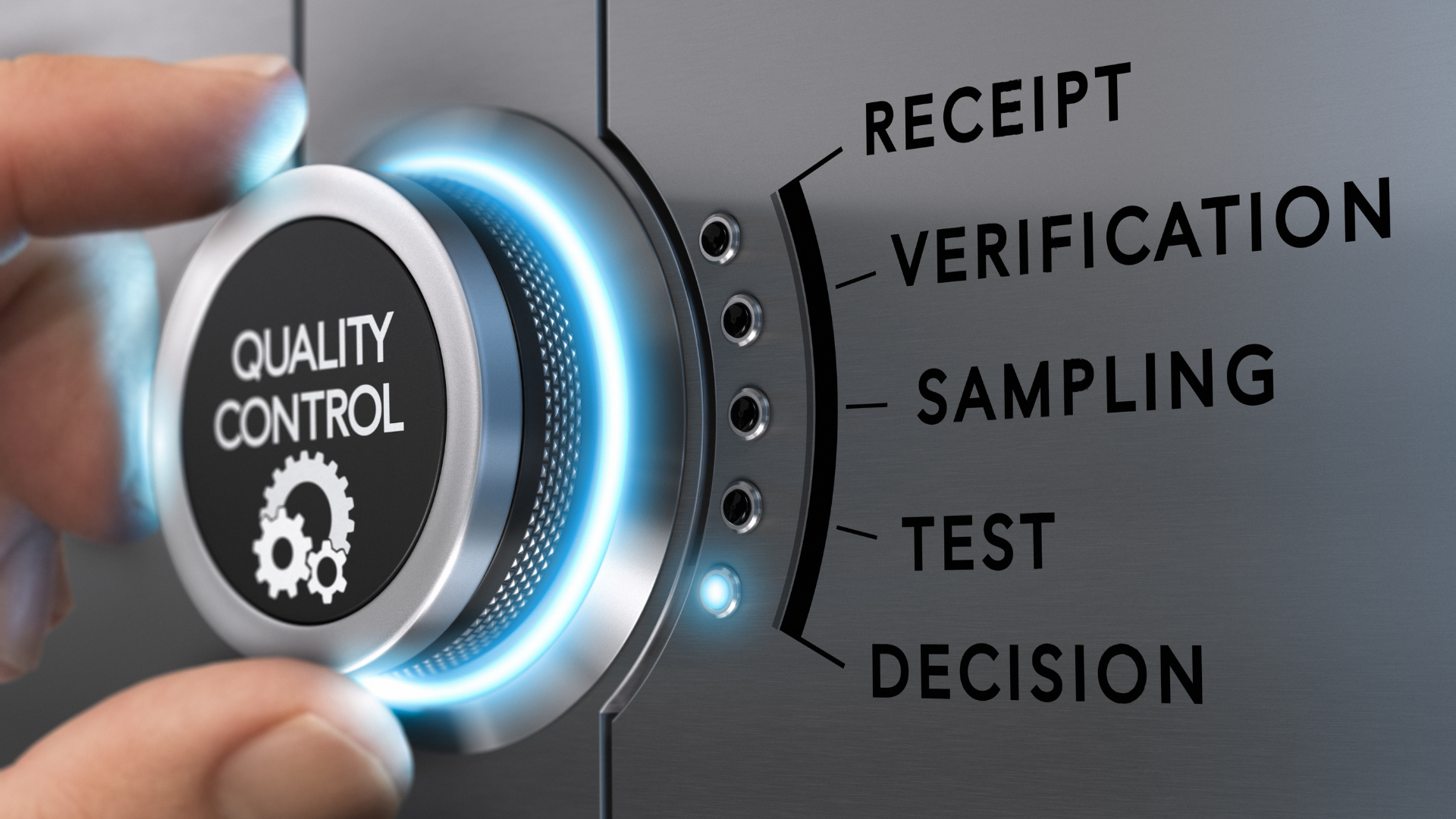The industrial sector is undergoing a profound transformation, driven by a growing emphasis on product safety and environmental regulations. For the electronics manufacturing sector, which relies on thousands of component sources around the world, this scrutiny poses a significant challenge. Compliance with the European Union’s REACh (Registration, Evaluation, Authorization, and Restriction of Chemicals) is essential for market access and long-term viability. Manufacturers must understand the importance of REACh compliance and how to achieve it to ensure smooth global operations.
Ensuring REACh compliance
REACh is a regulatory framework implemented by the European Union that improves the protection of human health and the environment. It does so by placing the burden of proof on companies to manage risks and provide safety information on the substances they manufacture and sell.
The framework is built on three core pillars:
- Registration
- Evaluation
- Authorization
- Information exchange
Manufacturers constantly worry about the complexity of adherence. A single electronic product may contain thousands of unique components, each with its own chemical composition and supply chain that extends across continents. Compiling the necessary data for a comprehensive Bill Of Materials (BOM) is a massive undertaking.
This challenge requires stringent controls. As new substances are identified and added to the Substances of Very High Concern (SVHC) list, manufacturers must be able to quickly assess their products and components. Without proactive monitoring, they may face significant repercussions, including fines from regulatory bodies, mandatory product recalls, and reputational damage that erodes consumer trust.
Even a single instance of noncompliance can jeopardize market access and tarnish a company’s image. Investing in continuous, expert-level compliance management is a critical safeguard. Maintaining continuous adherence requires a proactive and meticulous approach that becomes an integral part of product lifecycle management. The ever-changing regulatory landscape underscores the need for specialized expertise to navigate it effectively and ensure long-term industrial reliability.
What are the core components of REACh compliance?
To achieve full regulatory compliance with REACh regulations, it is essential to have a comprehensive understanding of its core pillars. The four interconnected principles that form the basis of chemical management dictate the operational responsibilities of every entity within the supply chain. Mastering each principle is essential for maintaining product integrity and market access.
Registration
Registration is the cornerstone of the REACh framework, obligating manufacturers and importers to document and report on the chemicals they introduce to the European market. They must submit a detailed technical dossier to the European Chemicals Agency (ECHA) for any substance produced or imported in quantities of one ton or more per year. The dossier must contain information about the substance’s identity and nature, an evaluation of its potential risks, and a description of its uses.
For industrial companies, the impact is significant. Due to the large quantity of materials and chemicals that may be present in all components, the process requires exhaustive and meticulous data gathering. Companies must trace the chemical composition of every component throughout their entire supply chain to ensure that no substance exceeds the one-ton registration threshold. This requires a reliable system for data management and close, proactive collaboration with component suppliers.
Evaluation
After a substance is registered, it may undergo evaluation by ECHA or a member state authority. This process has two key stages:
- First, the regulators evaluate the quality of the registration dossier. If the provided data is insufficient to prove safety, they may request further testing or information.
- Substance evaluation is triggered when there is concern that a substance poses a health or environmental risk, even when the dossier is complete.
The implications for a manufacturer’s activities are significant. The evaluation process may lead to unanticipated requests for further testing, resulting in considerable delays and costs. Furthermore, a negative evaluation may result in a substance being subject to strict controls, which could disrupt production schedules and necessitate the search for alternative materials. Companies must maintain a system that allows for immediate access to comprehensive data and be prepared to respond to regulatory inquiries.
Authorization
Authorization is the most stringent pillar of REACh regulation and applies exclusively to substances of very high concern (SVHCs) that have been officially added to the authorization list. Companies must apply for and be granted specific authorization from the European Commission to continue using these substances. The goal of this process is to replace these hazardous substances with safer alternatives over time. There is a key date after which the substance cannot be used without authorization.
For manufacturers, even a trace amount of an SVHC in a component can prevent a product from entering the market. Companies must continuously monitor the official list. When a substance is identified, they must find a compliant substitute or prepare for a complex, time-consuming, and costly authorization application.
Information exchange
The principle of information exchange is the driving force behind REACh compliance, ensuring that information about chemical risks is communicated throughout the supply chain. Manufacturers and importers must provide safety data sheets to downstream users for any hazardous substances. For instance, manufacturers must inform their customers of the presence of any substances of very high concern (SVHCs) above a certain threshold and provide instructions for their safe use.
What are the strategic benefits of working with an Electronic Manufacturing Services (EMS) provider?
Partnering with a specialized Electronic Manufacturing Services (EMS) provider to manage REACh compliance offers significant strategic benefits.
The key advantage is regulatory compliance. A provider can minimize the risk of noncompliance, such as fines, costly product recalls, and being barred from key markets, by leveraging deep expert knowledge. This approach safeguards against financial and reputational damage.
Working with an EMS provider also increases your operational efficiency. As a partner, your provider’s expert team will take on the complex and time-consuming tasks of data collection, analysis and reporting. This allows your internal engineering and R&D teams to focus on innovation and design for manufacturing.
Partner with an Electronic Manufacturing Services provider to ensure your REACh compliance
REACh compliance is a fundamental aspect of modern electronics manufacturing. The complexity of REACh compliance requires a comprehensive approach, which can be provided by a partner with extensive expertise and a thorough understanding of the product lifecycle. Partnering with a company like ACTIA is a strategic investment in innovation and durability. You will benefit from the technical precision and reliability necessary for market access and long-term industrial success.




